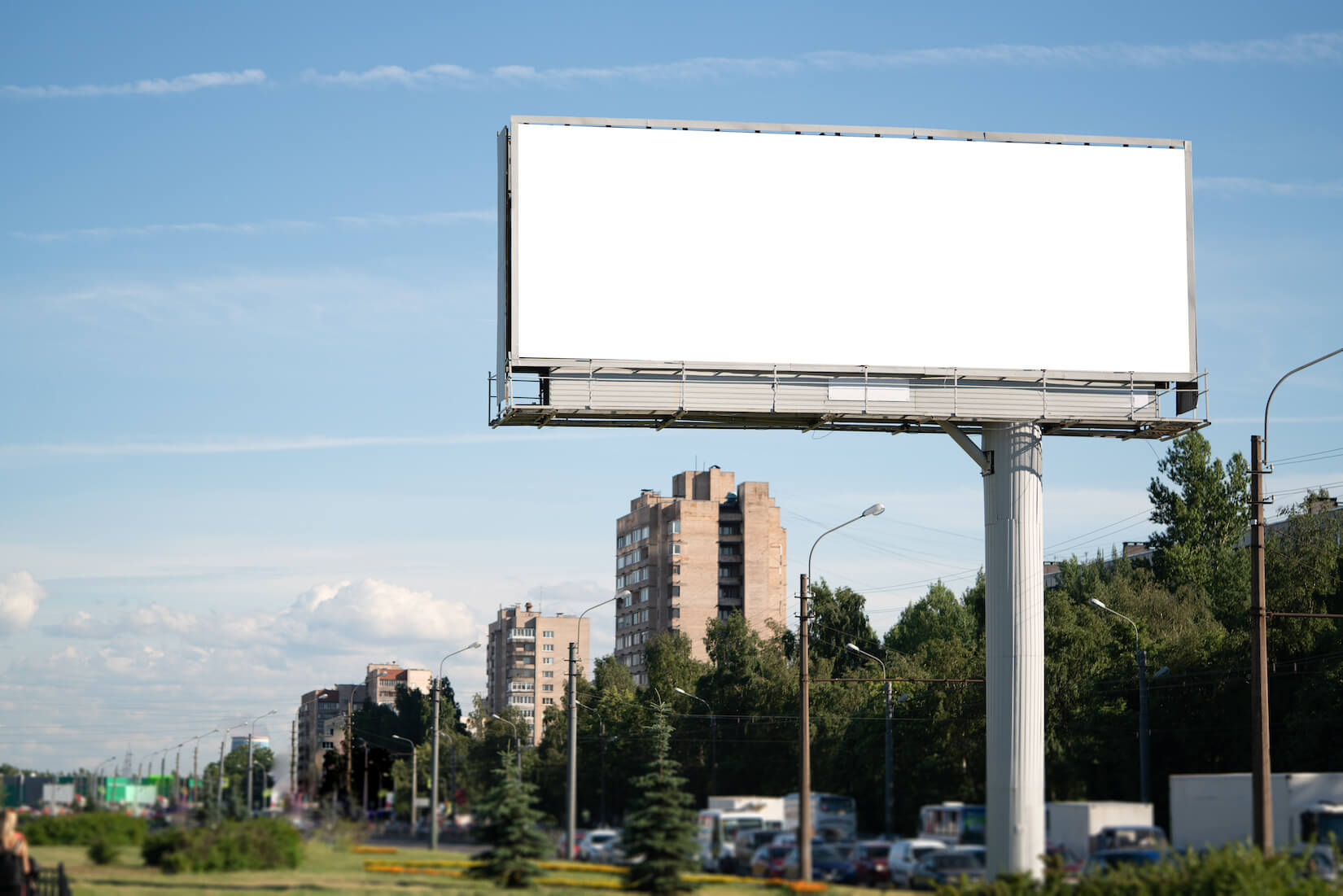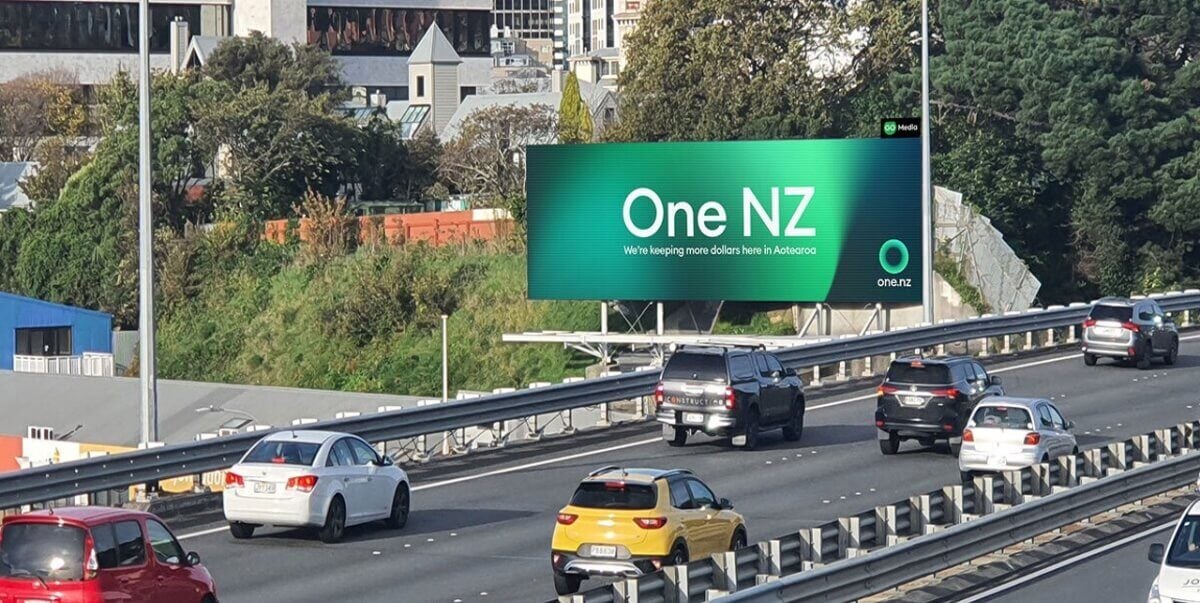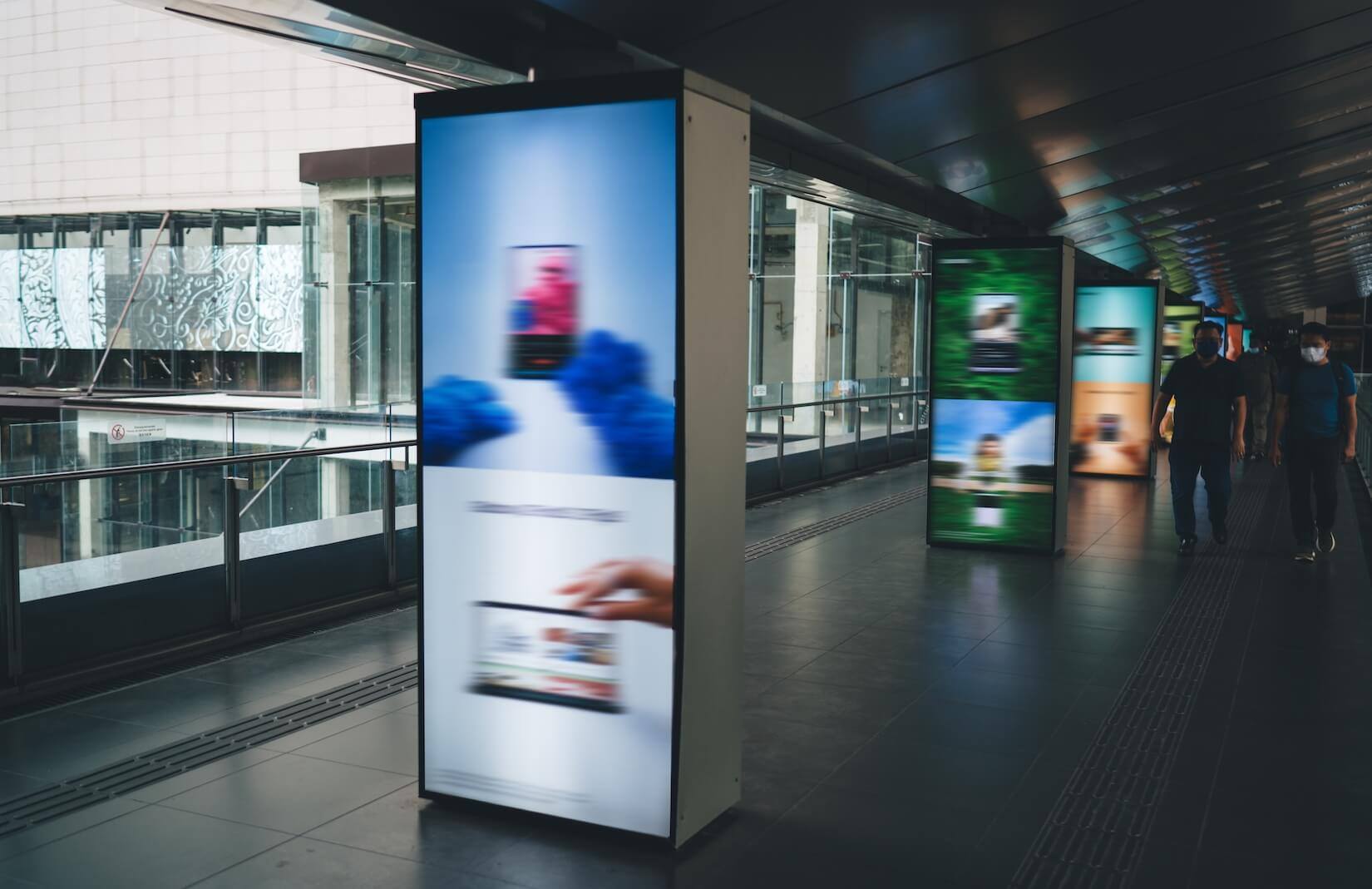
Some of the most memorable out-of-home ads have proven that billboard advertising remains one of the most powerful ways to reach consumers in the real world. Whether it's a striking visual along a busy highway or a perfectly placed message in a bustling urban center, billboards continue to be an essential part of a well-rounded marketing strategy.
But how much does a billboard actually cost? The answer isn’t one-size-fits-all. Billboard ad rates vary based on factors like location, format, visibility, audience reach and duration. Whether considering a traditional static billboard or a digital out-of-home (DOOH) placement, understanding the cost factors will help maximize your investment.
Why billboard advertising remains a strong investment
Billboard advertising continues to be a highly effective medium for brands looking to connect with engaged audiences. Some key benefits include:
High visibility and brand impact
Billboards are large, visually striking and strategically placed in high-traffic areas, making them impossible to ignore. According to the Out of Home Advertising Association of America (OAAA), 90% of US travelers have noticed a billboard in the past month, and 80% have noticed OOH ads in the past week. This high visibility makes billboards an excellent tool for building brand awareness and driving consumer action.
Wide reach and audience diversity
Billboards naturally reach a broad audience across many demographics. Unlike online advertising, which relies on precise audience targeting, OOH advertising—whether static or digital—captures consumers across different age groups, professions and income levels, making it an effective medium for long-term brand recognition.
Ad-block-proof and unskippable
Unlike digital banner ads that can be ignored, blocked or skipped, billboards blend into the physical world and consumers’ daily lives . Research from Solomon Partners finds that OOH produces the highest levels of consumer recall compared to traditional and digital media, including print, radio, television, desktop and mobile ads.
Contextual relevance and real-world impact
Strategically placed billboards deliver local targeting—think: a restaurant ad near a highway exit or a retail promotion outside a shopping district. According to an OAAA study, 68% of U.S. shoppers notice OOH ads while en route to a retailer or right outside a store, demonstrating how location-based advertising can drive real-world engagement.
Proven consumer engagement
A well-placed billboard doesn’t just generate impressions—it drives action. Findings from an OAAA and Morning Consult survey indicate that nearly 80% of consumers have engaged with OOH in the past 60 days. Specifically, after exposure to an OOH ad:
- 76% used a mobile device to learn more about a product featured in an OOH ad
- 51% searched for more information about an advertiser after seeing an OOH ad
- 43% made an online purchase after exposure to an OOH ad
Understanding billboard pricing: What affects cost?
Several factors determine the cost of a billboard campaign, including location, size, traffic volume and most importantly, how you choose to buy it.
Buying traditional out-of-home
When purchasing traditional out-of-home media, brands work directly with media owners to secure placements.
The cost varies based on several factors:
- Billboard location: High-traffic urban areas may demand higher rates than suburban or rural locations.
- Size and format: Larger bulletins and custom spectaculars may cost more due to their prominence and high demand
- Production and installation: Static billboards require printing and installation, which adds to the total investment.
Traditional OOH is perfect for brands looking to maintain a strong, long-term presence. However, coordinating multiple placements across different vendors can be a challenge. Marketers can take advantage of an OOH media planning tool that will simplify the buying process by streamlining discovery, organizing RFP requests and centralizing communications.
Buying programmatic DOOH
For brands looking for greater flexibility and enhanced efficiency, programmatic DOOH offers a perfect alternative. Programmatic technology allows advertisers to bid on inventory in real time, optimizing spend and delivering precise audience targeting.
Cost considerations include:
- CPM-based pricing: Instead of a fixed fee, advertisers pay based on impressions delivered. Average CPMs for billboards typically range between $6-10, with urban areas on the higher end and rural areas on the lower end. High-profile locations like Times Square or Piccadilly Circus often have CPMs between $15 and $25.
- Dynamic pricing: With programmatic advertising, you're bidding against other marketers for the screens, so be strategic. Continuously test your bidding strategy for maximum delivery within your campaign’s budget.
- Targeted ad delivery: Tailor your budget with audience targeting, dayparting and contextual triggers in mind—these factors can shape costs and determine how effectively your ads reach the right people at the right time.
Additional costs to consider
Several factors influence billboard pricing regardless of whether you choose traditional or programmatic DOOH.
Duration of the campaign
How long do you plan to run your ad? Many billboard providers offer discounts for extended contracts, while shorter campaigns may require higher monthly fees.
- Short-term campaigns (1-3 months) often require a higher per-month cost since advertisers are competing for limited space.
- Long-term contracts (6-12+ months) can lower the average monthly cost, making it a more budget-friendly option for brands that want sustained visibility.
Design costs
Design costs vary depending on whether you choose programmatic or traditional OOH, each with its own considerations.
With programmatic DOOH, the ability to make real-time adjustments is a major advantage, but it also comes with its own design costs. As you optimize your campaign based on performance, you may want to refresh creatives regularly—whether tweaking messaging or updating visuals. These updates add to your budget but help keep your ads relevant and impactful.
In contrast, traditional OOH involves more fixed upfront costs. Once your design is finalized, you'll pay for production and printing, with costs varying based on vendor, billboard size, material and design complexity. While you won't be making frequent changes, investing in high-quality design and materials upfront is essential to making your ad stand out.
Maximizing your billboard investment
To get the most value out of your OOH spend, consider these key strategies:
- Choose the right locations: Prioritize placements with consistent, daily impressions from your unique target audience.
- Keep messaging simple: Billboards need to be readable in seconds—keep the message clear and concise.
- Use bold, high-contrast designs: Vibrant visuals and minimal text ensure maximum impact.
- Consider a multi-channel approach: Pair OOH with mobile retargeting or social media for added engagement.
How billboard advertising adds value to your marketing strategy
Billboard advertising remains one of the most effective ways to build brand awareness. While costs vary based on location, type and duration, billboards offer long-term visibility and high engagement compared to many other advertising formats.
For brands that want targeted, data-driven campaign management, advertising on billboards with programmatic DOOH provides a modern, flexible alternative to traditional static billboards. Better yet, pair them together. As consumer attention becomes harder to capture online, OOH continues to deliver real-world visibility, brand recall, and scale—making it a valuable part of the media mix in 2025 and beyond.
Interested in learning more about billboard advertising opportunities? Contact us today to explore the best OOH strategies for your brand.

